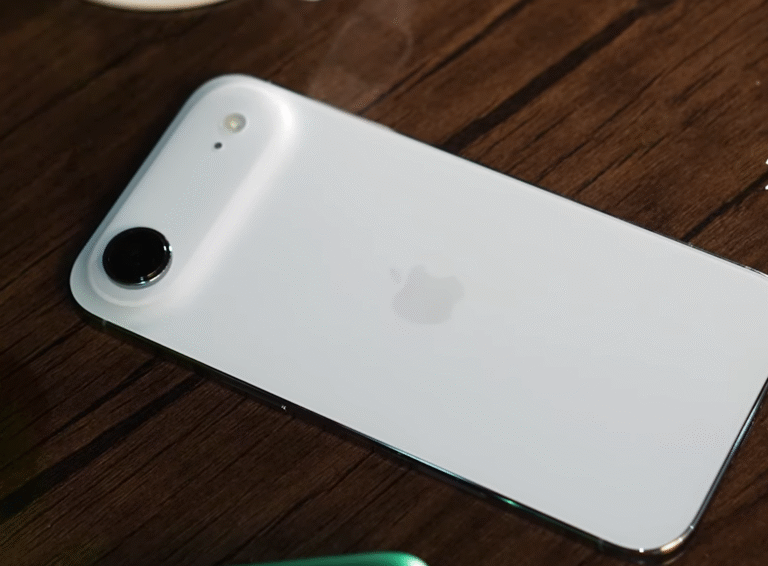A few years ago, Google’s Pixel 6 Pro was a frustrating device to live with. It constantly battled connectivity issues, the battery drained quickly, and the phone overheated even during basic tasks. Many users, including myself, had to put it aside because it simply wasn’t reliable for everyday use.
Three years later, the Pixel 10 Pro arrives, and this time the story is completely different. From the moment I switched over—transferring all my accounts, emails, and apps—it was clear that Google has made some meaningful improvements. Let’s dive into what has changed, what remains familiar, and where there’s still room for growth.
A Refined and Fluid Software Experience
The most striking difference shows up the instant you start using the Pixel 10 Pro. The interface feels incredibly polished—animations flow smoothly, apps launch quickly, and overall navigation feels seamless. It’s the kind of stock Android experience that reminds you why Pixel devices have such a loyal following.
Haptic feedback deserves special mention here. Typing and interacting with the screen feels crisp and precise, adding a subtle but enjoyable tactile layer to the software experience. Google’s intelligent features also stand out, anticipating actions and surfacing suggestions before you even look for them. Everything feels natural, adaptive, and thoughtfully designed.
Big Battery Gains and Smarter Charging
One of the weakest points of the Pixel 6 Pro was its battery life, barely lasting four hours of screen time. The Pixel 10 Pro is a major improvement. By making simple adjustments like reducing the screen timeout, the phone consistently delivers between six and eight hours of screen-on time.
This improved endurance makes it easy to get through a full day without constantly worrying about power. Google’s new Pixel Snap charging system adds to the convenience, allowing the device to magnetically attach to a charger on a desk and top up effortlessly throughout the day.
Camera System: Classic Pixel Magic with More Muscle
Pixel phones have long been praised for their photography, and the Pixel 10 Pro keeps that legacy alive while pushing it forward. The rear camera array now includes a 50 MP wide, a 48 MP ultra-wide, and a 48 MP 5× telephoto lens.
Photos come out sharp, vibrant, and balanced, with excellent depth and color reproduction. The telephoto lens is especially impressive, maintaining detail even at 10× zoom. Google has improved both its software processing and camera hardware, resulting in images that feel even more polished than before.
Brighter and More Immersive Display
The Pixel 10 Pro’s display is another highlight. The LTPO AMOLED panel offers vivid colors and excellent contrast, and the peak brightness has jumped to 3,300 nits, making the screen perfectly usable under bright sunlight or while wearing polarized glasses.
That said, the automatic brightness adjustment isn’t entirely flawless—it tends to increase in noticeable steps rather than a smooth transition. It’s not a dealbreaker but something that stands out when compared to the iPhone’s seamless brightness handling.
Where Google Still Needs to Improve
Despite the impressive upgrades, the Pixel 10 Pro isn’t perfect. The speakers, for example, are loud but lack the depth and richness offered by competitors like Samsung’s Galaxy S25 Ultra.
The base storage of 128 GB also feels outdated in 2025. With apps and updates getting larger, starting at 256 GB would make more sense.
And while 30 W charging is decent, it lags behind the ultra-fast charging speeds seen on many other Android flagships. Something in the 45 W to 60 W range would make a big difference.
Final Verdict
The Pixel 10 Pro represents a significant turnaround from the Pixel 6 Pro. The software experience is smoother, the battery finally delivers, and the cameras continue to shine. A few minor issues remain—mainly in audio quality, storage, and charging speed—but overall, Google has produced a device that feels mature, refined, and genuinely enjoyable to use.
For anyone who gave up on the Pixel line after the 6 Pro, the 10 Pro is a refreshing comeback.



